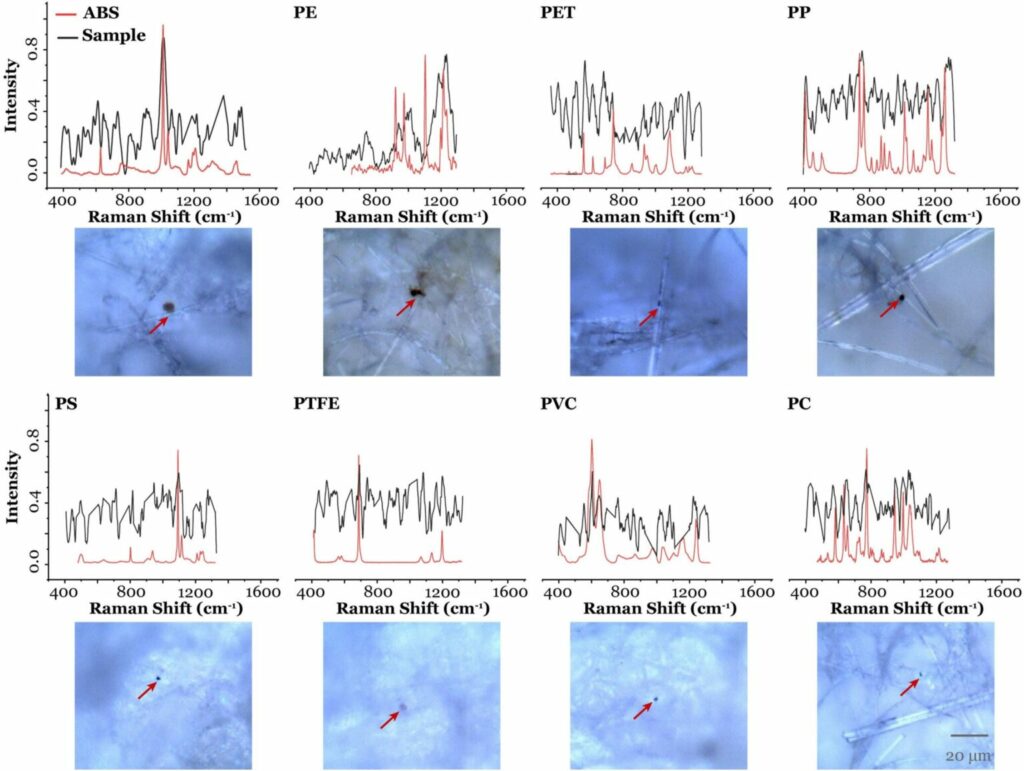In a disturbing revelation, scientists in China have detected microplastics in human sperm. This follows closely on the heels of a U.S. study that found these pollutants in human testicular tissue. The presence of microplastics in human reproductive systems is raising significant health concerns.
Researchers analyzed seminal fluid from 36 men in inland China, finding microscopic plastic fragments in every sample. Polystyrene (PS) particles were the most common, making up nearly a third of the plastic identified. These particles are believed to have entered the body through ingestion or inhalation, later crossing into the bloodstream and penetrating the blood-testis barrier into the seminal vesicles.

Alongside the plastic fragments, scientists noted a range of abnormal sperm cells. Many of these cells were short, bent, coiled, or had irregular tails, and some struggled to move properly. While these observations are concerning, researchers caution that a direct link between microplastic exposure and these sperm abnormalities has not yet been firmly established.
The health implications of microplastics in the human body are still largely unknown, but their potential for reproductive toxicity is worrisome. Globally, sperm counts are falling at an accelerating rate, a trend not fully understood but potentially linked to chemical pollution. About 40 per cent of men experience impaired sperm production for unknown reasons, and microplastics could be a significant contributing factor.
Animal studies provide some insight. In mice, exposure to polystyrene fragments has been shown to damage the barrier between the testes and the blood, resulting in fewer sperm cells, higher rates of abnormal sperm, and reduced sperm activity. Although these findings cannot be directly applied to humans, they highlight the need for increased scientific scrutiny and public awareness.
The recent Chinese study is part of a growing body of evidence. Two other studies from 2023—one in China and one in Italy—also found microplastics in human sperm. The Italian study noted that semen samples with the highest quality sperm were free of detectable microplastics. What makes the recent findings particularly noteworthy is that the study participants lived far from plastic manufacturing facilities and coastlines. This suggests that microplastics are widespread, even in areas far from the marine environments where they typically accumulate in higher concentrations.
Given the pervasive nature of these pollutants, researchers are calling for more studies into the reproductive impacts of microplastic exposure. As microplastics continue to infiltrate every aspect of our environment, understanding their full impact on human health becomes ever more critical. The study was published in the journal Science of the Total Environment, adding urgency to the call for addressing the omnipresence of microplastics in our lives.





